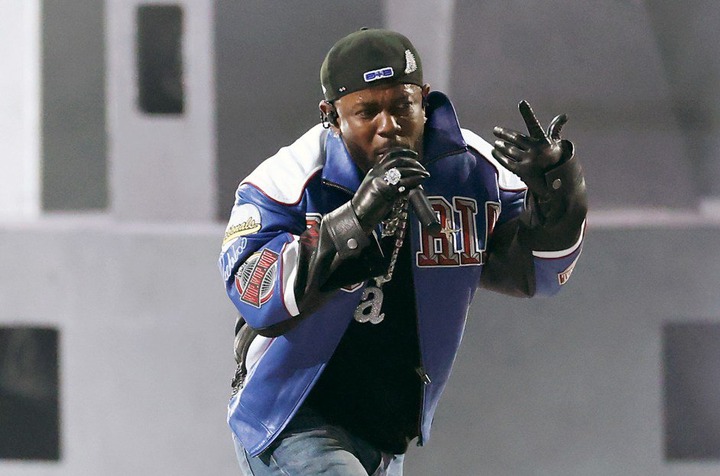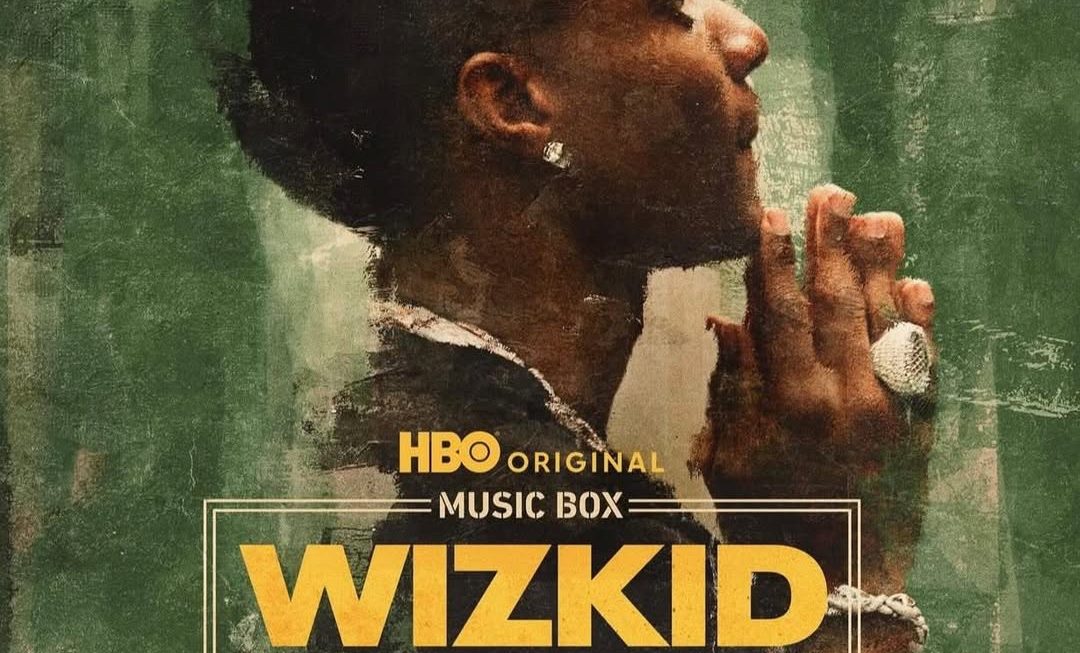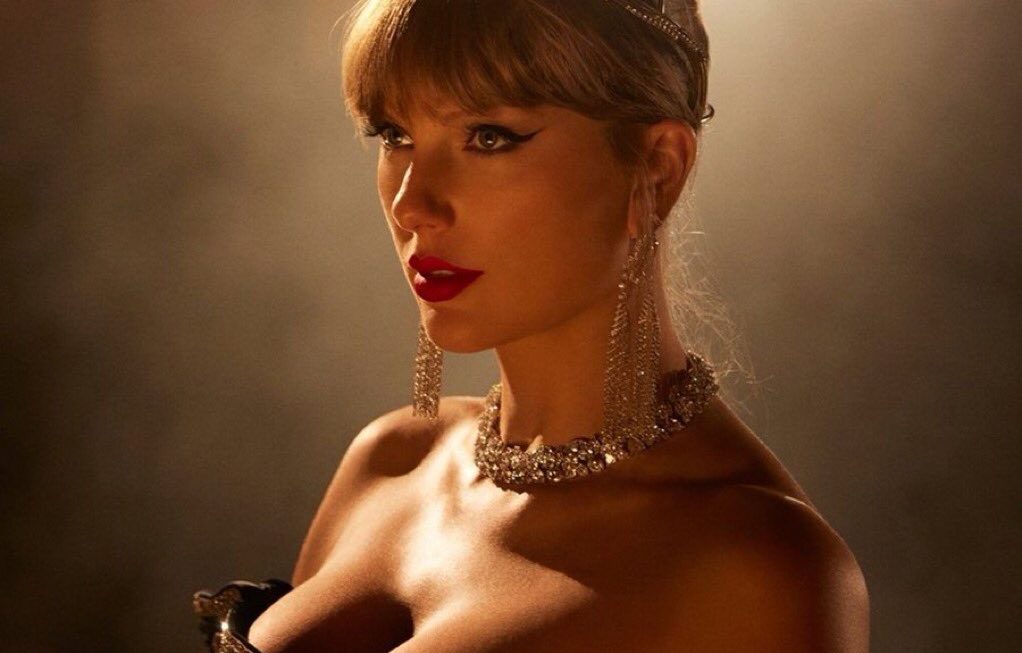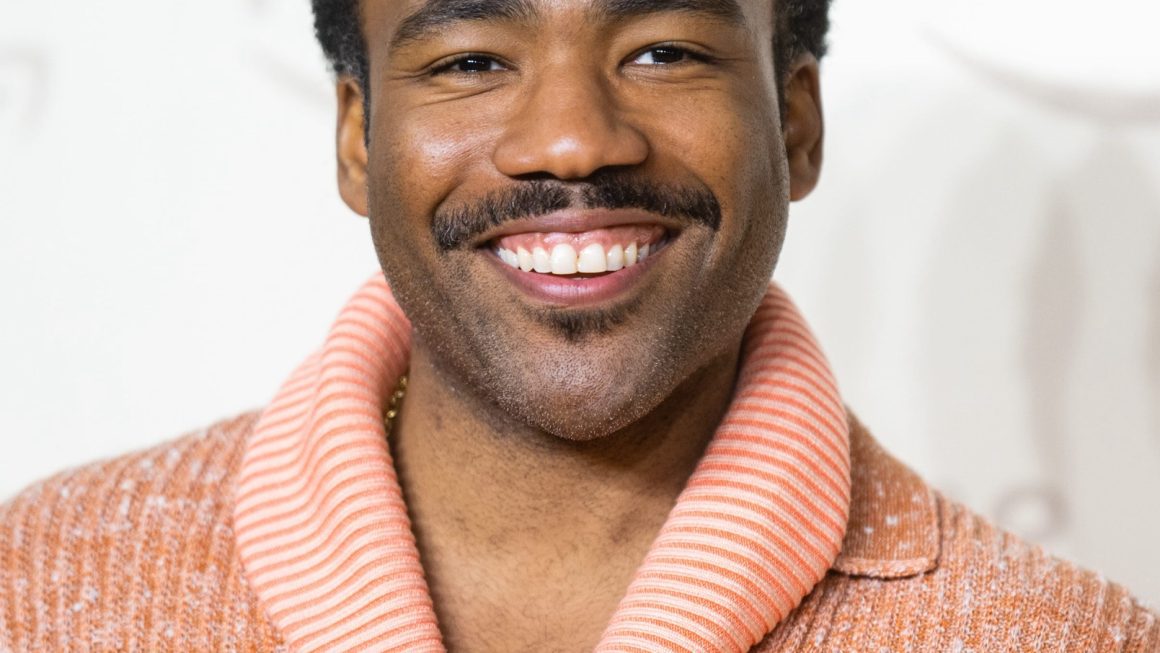Kendrick Lamar made history at Super Bowl LIX, becoming the first solo rapper to headline the Apple Music Halftime Show—but not everyone was celebrating. While his electrifying performance broke viewership records and earned critical acclaim, it also ruffled some feathers, drawing 125 formal complaints to the Federal Communications Commission (FCC).
Fans Loved It—Some Viewers? Not So Much
According to a report cited by The Hill, complaints ranged from “provocative dancing” to accusations of “racism” and “gang affiliation.” Many critics took issue with Lamar’s lyrics, choreography, and guest appearances—especially his censored performance of Not Like Us, a diss track aimed at Drakefrom his chart-topping album GNX.
One viewer wrote, “My children should not have been subjected to hearing that language and seeing those gestures,” while another complained, “It’s tiresome to send kids out of the room during what should be a family-friendly event.”
“Where Are The White People?”
Some complaints had a different focus. One viewer expressed outrage over the show’s racial composition, writing, “There wasn’t one white person in the whole show. If it was all white, it would be a different story… This was a disgrace, and it gets worse every year.”
Even Serena Williams’ cameo stirred controversy, with a complaint alleging that her brief “crip-walking” promoted gang culture.
Despite The Backlash, Lamar Reigned Supreme
Love it or hate it, there’s no denying Lamar’s impact. His Super Bowl Halftime Show became the most-watched in history, dominating headlines and boosting his album GNX back to the No. 1 spot on the charts.
From record-breaking viewership to FCC controversy, Lamar’s halftime performance wasn’t just a show—it was a cultural moment. And as the debate rages on, one thing is clear: hip-hop’s presence at the Super Bowl isn’t going anywhere.
⸻





